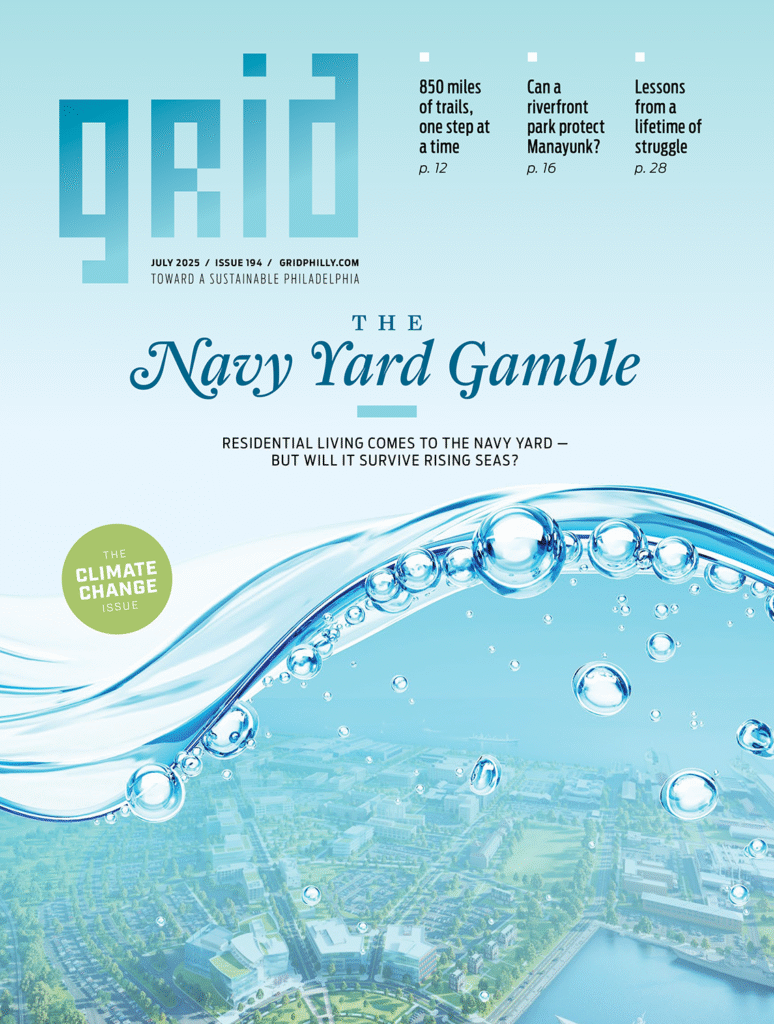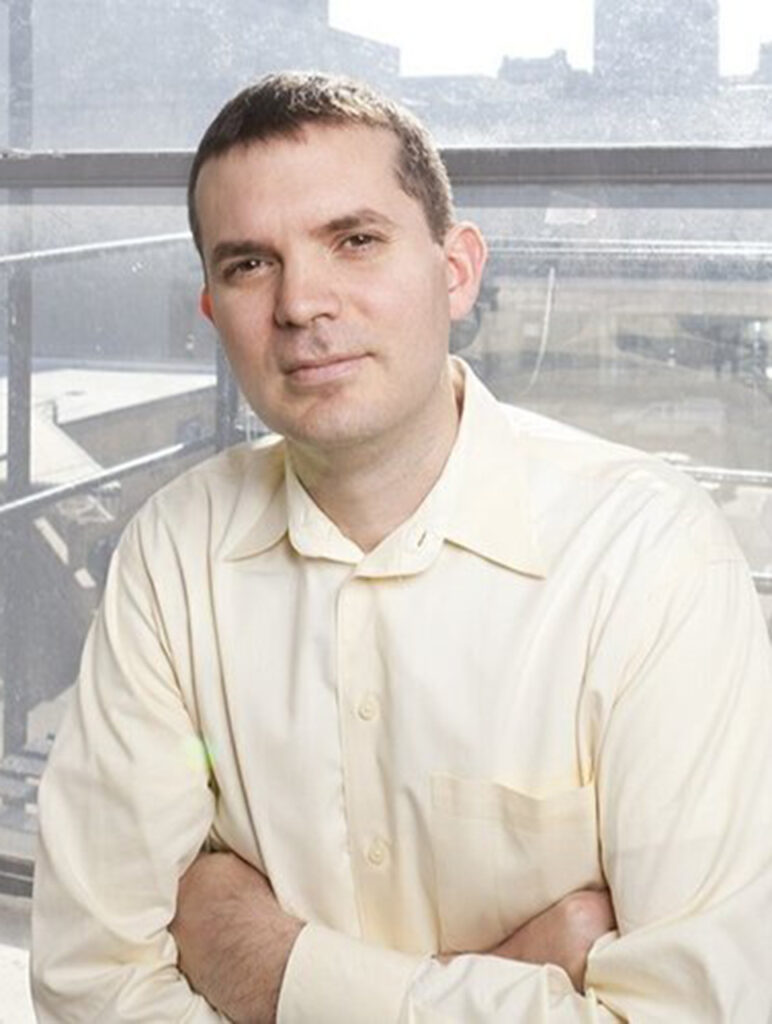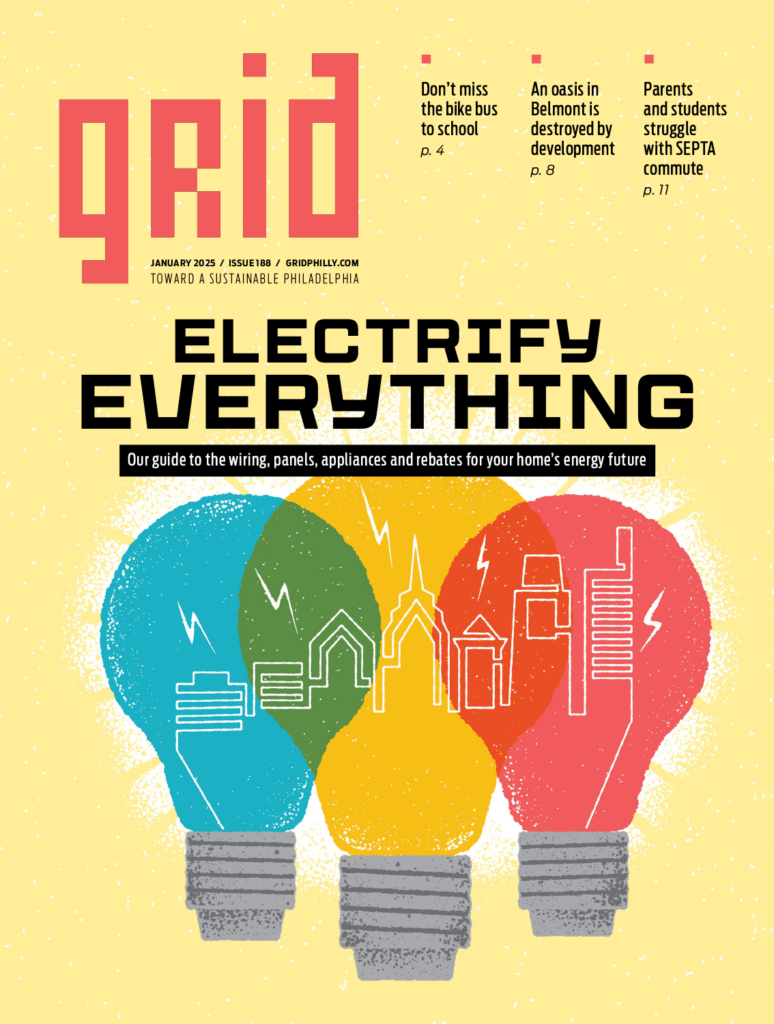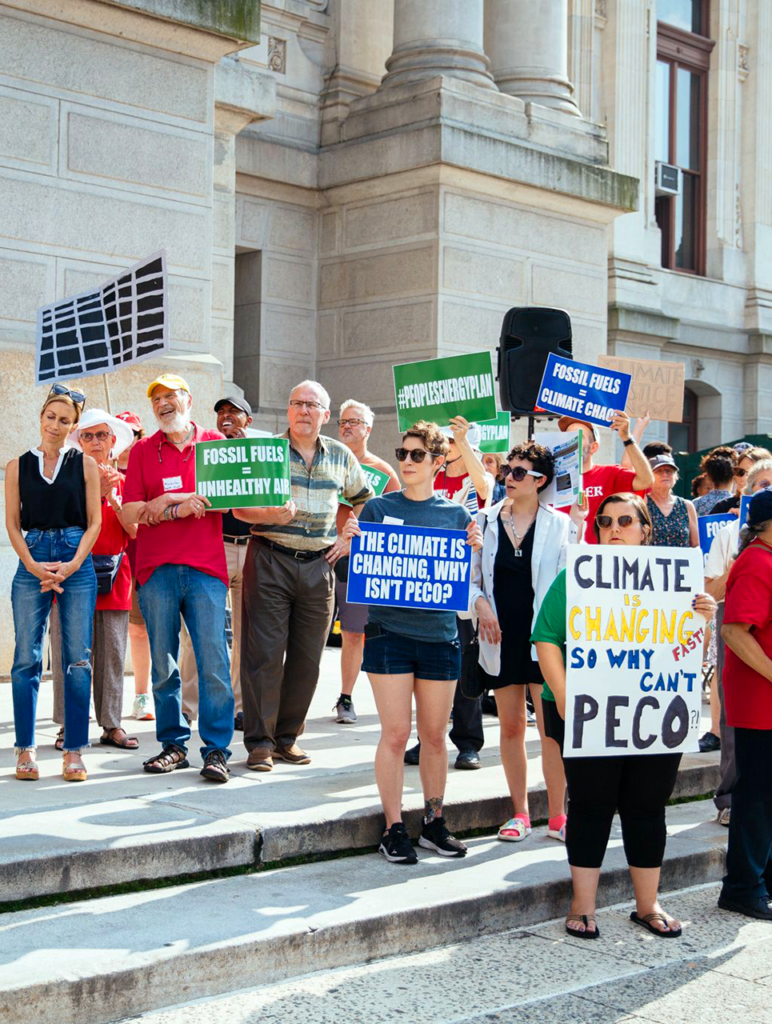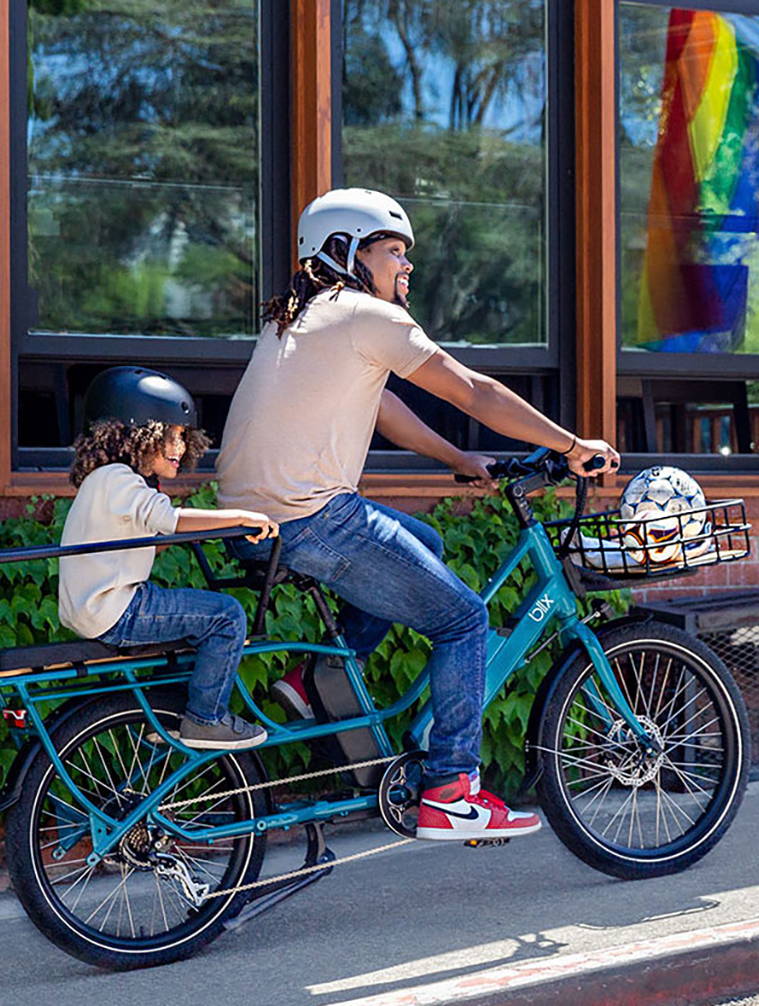It’s easy to feel hopeless. A global disaster-in-progress can do that to you. There are 8.2 billion of us humans on this planet, and we are each so tiny, and, on our own, we each have so little we can do to fight climate change and adapt, when adaptation so clearly requires large-scale action. In
MoreGrid is a monthly magazine, so we are not equipped to report news. Sure, we occasionally cover some stories as they happen, but mostly we stay away from breaking stories — especially national news. However, the dramatic changes at the federal level deserve at least some commentary. I think just about every Trump-related story can
MoreAs climate change caused flooding and extreme heat in the region and elsewhere, Mayor Jim Kenney’s administration set its sights on reducing Philly’s emissions. Before the pandemic, the City of Philadelphia operated a fleet of approximately 5,500 vehicles — everything from sedans and SUVs to street sweepers and garbage trucks. These spewed over 50,000 metric
MoreExpanding electric vehicle infrastructure isn’t the only Philadelphia initiative that’s taking a hit from the Trump administration’s halt to federal funding, the ultimate ramifications of which are being worked out in courts across the nation. Key projects tackling climate change, public health and even the City’s program to eliminate traffic deaths are now in limbo,
MoreMayor Cherelle Parker leads Philadelphia at a key point in the fight against climate change. By 2030 — that is, in a mere five years — the City hopes to have slashed municipal emissions in half and power municipal buildings entirely with renewable energy. If things go according to current sustainability plans, a Philadelphia whose
MoreNearly two years after the launch of the Philly Tree Plan, the City’s ambitious effort to reverse decades of urban canopy loss is still in its infancy. A $12 million U.S. Department of Agriculture (USDA) grant represents a significant step forward, but community advocates and public health leaders worry that progress isn’t moving quickly enough.
MoreSam Calisch has electrification bona fides. There’s the MIT engineering degree, the years spent in a lab tinkering with electromagnetic devices and his time on Capitol Hill as a scientist-turned-advocate, successfully campaigning for the inclusion of historic climate measures in the 2022 Inflation Reduction Act. So why is his new gig all about the humble
MoreThe dream is to electrify everything, and to do it now. The reality is that Philadelphia Gas Works (PGW) serves 500,000 households, and shifting from one energy source to another is going to take time. So for those of us who can’t yet leave gas behind, PGW has EnergySense, a program designed to help customers
MoreThe year is 2050. On every street across the wide expanse of the United States, nearly every vehicle that goes by emits only the quiet whine of an electric motor. A few folks still ride by in antique, gas-powered cars, but in many places such vehicles are greatly outnumbered even by electric bikes. The houses
MoreIn 2020, members of POWER Interfaith, a grassroots social justice organization with a mission to “shine a light on broken systems,” organized to push PECO, Pennsylvania’s largest electric and gas utility, to incorporate long-term contracts for renewable energy into its Default Service Program (DSP). The DSP is essentially the company’s “house special,” and about 75%
MoreSeveral times a week, John Boyle, research director for the Bicycle Coalition of Greater Philadelphia, rides the power of electricity to work. A resident of Edgewater Park, New Jersey, Boyle rides a foldable e-bike to the Beverly Rail Station, which he takes aboard NJ Transit’s River Line to Camden. If the weather is nice, he’ll
More
